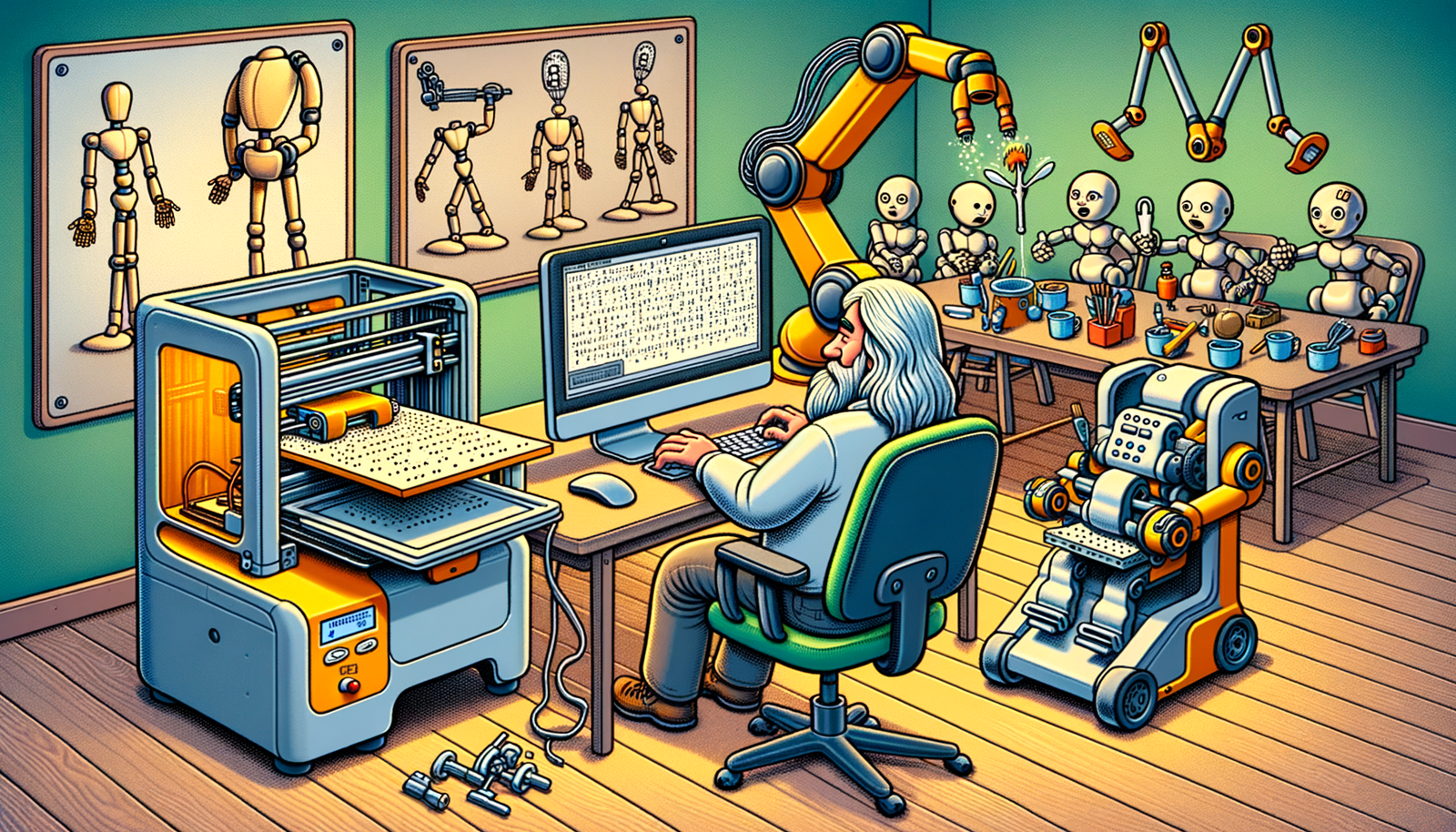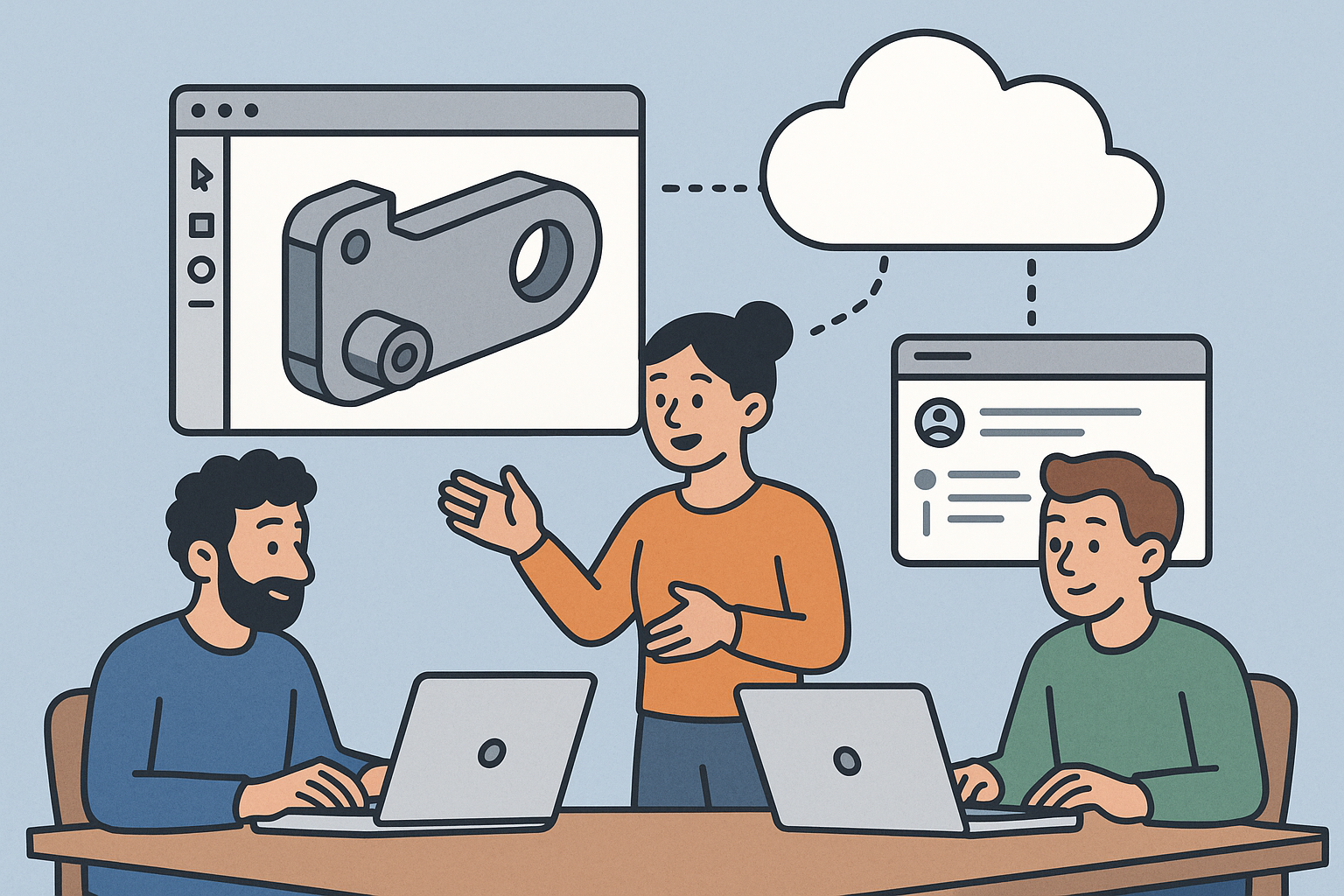Your Cart is Empty
Customer Testimonials
-
"Great customer service. The folks at Novedge were super helpful in navigating a somewhat complicated order including software upgrades and serial numbers in various stages of inactivity. They were friendly and helpful throughout the process.."
Ruben Ruckmark
"Quick & very helpful. We have been using Novedge for years and are very happy with their quick service when we need to make a purchase and excellent support resolving any issues."
Will Woodson
"Scott is the best. He reminds me about subscriptions dates, guides me in the correct direction for updates. He always responds promptly to me. He is literally the reason I continue to work with Novedge and will do so in the future."
Edward Mchugh
"Calvin Lok is “the man”. After my purchase of Sketchup 2021, he called me and provided step-by-step instructions to ease me through difficulties I was having with the setup of my new software."
Mike Borzage
Leveraging Design Software to Enhance Accessibility in Product Design
June 27, 2024 2 min read


Introduction to Accessibility in Design
Accessibility in the context of product design refers to the ability for products to be used by people with a wide range of abilities and disabilities. Designing for all users, including those with disabilities, is not only a matter of legal compliance but also a profound ethical consideration. This inclusive approach ensures that products cater to a broader audience, improving usability and customer satisfaction across the board.
Key Features of Design Software for Accessibility
Modern design software is equipped with a variety of tools and features that support the creation of accessible products. These include:
- Text-to-speech and speech-to-text functionalities, enabling users with visual impairments or learning disabilities to interact with software effectively.
- High-contrast modes and color-blind friendly palettes, which ensure that users with different types of visual impairments can comfortably use products.
- User interface customization options for various disabilities, allowing for personalized experiences that accommodate individual needs.
Examples of design software leading in accessibility features include Adobe Creative Cloud, which offers extensive accessibility tools, and Autodesk products, known for their customizable user interfaces and support for assistive technologies.
Design Processes and Best Practices for Accessibility
Incorporating user research and feedback from individuals with disabilities is essential in the design process. Engaging with this diverse user base can uncover unique insights and opportunities to improve product accessibility. Adherence to guidelines and standards for accessible product design, such as the Web Content Accessibility Guidelines (WCAG) and the Americans with Disabilities Act (ADA), ensures that products meet recognized benchmarks for accessibility and usability.
Best practices for accessible design include:
- Conducting inclusive user research to understand the needs and preferences of users with disabilities.
- Implementing design iterations based on feedback from users with disabilities, ensuring that the design evolves to become more inclusive.
- Ensuring that all aspects of the product (physical, digital, packaging, documentation) are accessible.
Future Trends in Design Software and Accessibility
Emerging technologies such as Artificial Intelligence (AI), Virtual Reality (VR), and Augmented Reality (AR) hold the promise of further enhancing accessibility in design software. These technologies can offer innovative ways to navigate software, simulate real-world environments for accessibility testing, and create more immersive and inclusive user experiences.
The role of community and open-source projects in advancing accessible design tools cannot be overstated. These initiatives often lead to innovative solutions that address niche requirements not covered by mainstream software, pushing the boundaries of what is possible in accessible design.
However, challenges remain in improving accessibility in both digital and physical product design. Ensuring universal accessibility requires ongoing effort, commitment, and collaboration among designers, developers, users, and stakeholders across industries.
The future of accessibility in product design is bright, with ample opportunities for innovation and improvement. As design software continues to evolve, it will play a pivotal role in making products more accessible to everyone, regardless of their abilities.
Also in Design News

Rhino 3D Tip: ReplaceBlock: Batch update block instances from external files while preserving transforms
December 23, 2025 2 min read
Read More
Design Software History: Collaboration in Design Software: From File-Based PDM to Cloud-Native Co-Editing and Design Threads
December 23, 2025 9 min read
Read More
End-to-End Encryption for CAD/PLM: Protecting Design IP in Cloud Workflows
December 23, 2025 13 min read
Read MoreSubscribe
Sign up to get the latest on sales, new releases and more …


